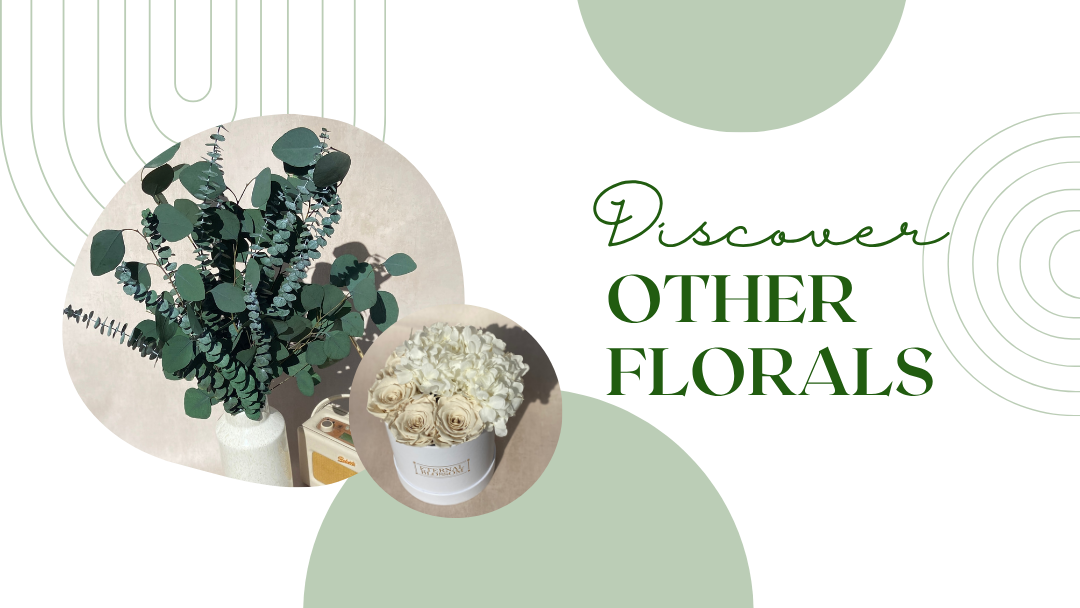The Magic of Rose Blossom: Understanding the Process and Anatomy
Roses are one of the most popular flowers in the world, loved for their beauty and their delicate fragrance. They have been a symbol of love and romance for centuries, and their timeless elegance continues to capture our hearts. However, while the beauty of fresh roses is undeniable, they don't last forever. That's where the our preservation process comes in. In this post, we'll explore the anatomy of a rose and explain a little about the process of our roses preservation.

Anatomy of a Rose
Roses are complex and fascinating flowers, and understanding their anatomy can help us appreciate their beauty even more. Here are the main parts of a rose:
-
Petals: These are the colourful, fragrant part of the rose that we typically associate with the flower. They can come in a variety of colours, from classic red to pink, yellow, and white.
-
Sepals: Sepals are the protective outer layer of the rose bud. They help to shield the delicate petals and other parts of the flower until it's ready to bloom.
-
Stamens: Stamens are the male reproductive organs of the rose blossom. They consist of a long filament and a round anther, which produces pollen.
-
Pistil: The pistil is the female reproductive organ of the rose blossom. It consists of three parts: the stigma, style, and ovary. The stigma is the sticky part at the top of the pistil that captures pollen. The style is the long, narrow part that connects the stigma to the ovary. The ovary is the part of the pistil that contains the eggs, which will eventually become seeds if fertilised.
-
Receptacle: The receptacle is the base of the rose blossom where all the other parts are attached. It's typically a green, cone-shaped structure that sits at the top of the stem.
-
Pedicel: The pedicel is the stem that connects the rose blossom to the rest of the plant. It's a slender, often green stem that supports the weight of the flower.

Preservation is the process that allows you to enjoy the beauty of fresh roses for a longer period of time. Here's how it works:
-
First, you'll need to choose fresh roses that have just reached their full bloom. Avoid using flowers that have been open for too long, as they may not hold up as well during the preservation process.
-
Next, you'll need to prepare a mixture of water and glycerin. The ideal ratio is a close kept secret!
-
Cut the stems of the roses at an angle and place them in the glycerin mixture. Make sure the stems are submerged in the mixture and that the flowers are not touching each other (the flowers are each usually placed inside their own containers)
-
Place the container in a cool, dark place and wait for the roses to absorb the glycerin mixture. This can take anywhere from a few days to a few weeks, depending on the size and variety of the roses.
-
Once the roses have absorbed the glycerin mixture, remove them from the container and gently shake off any excess liquid. They are then ready to be placed them in a vase or used in any other arrangement.

Benefits of Preservation
Preserved roses have a number of benefits, including:
-
Longer lifespan: Preserved roses can last for year, compared to fresh roses which typically only last for a few days.
-
Retained beauty: Preserved roses retain their natural beauty, making them a great choice for decorative purposes or as a gift!
If you've got any more questions about Eternal Blossom preserved roses you can contact us here








Leave a comment